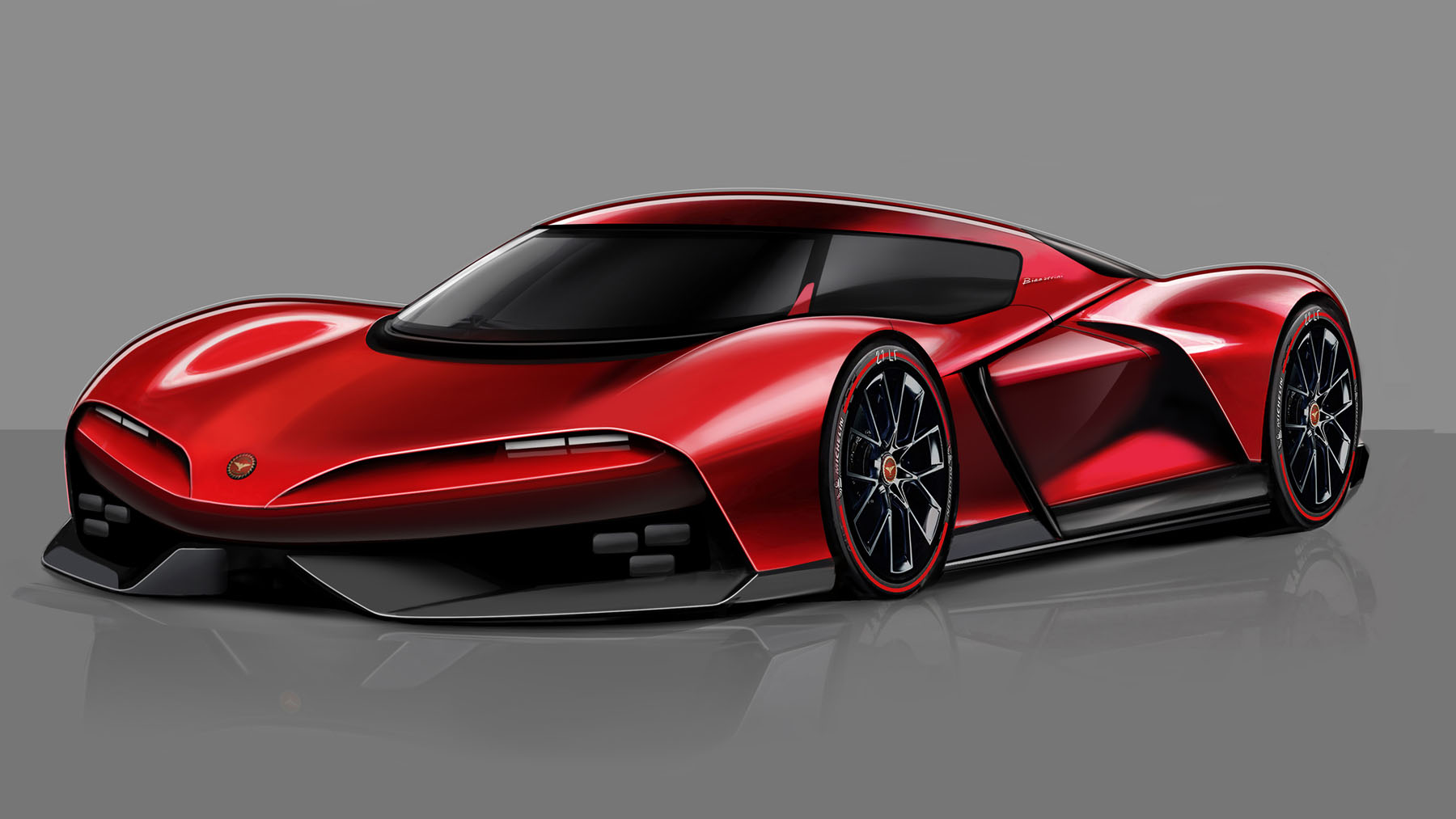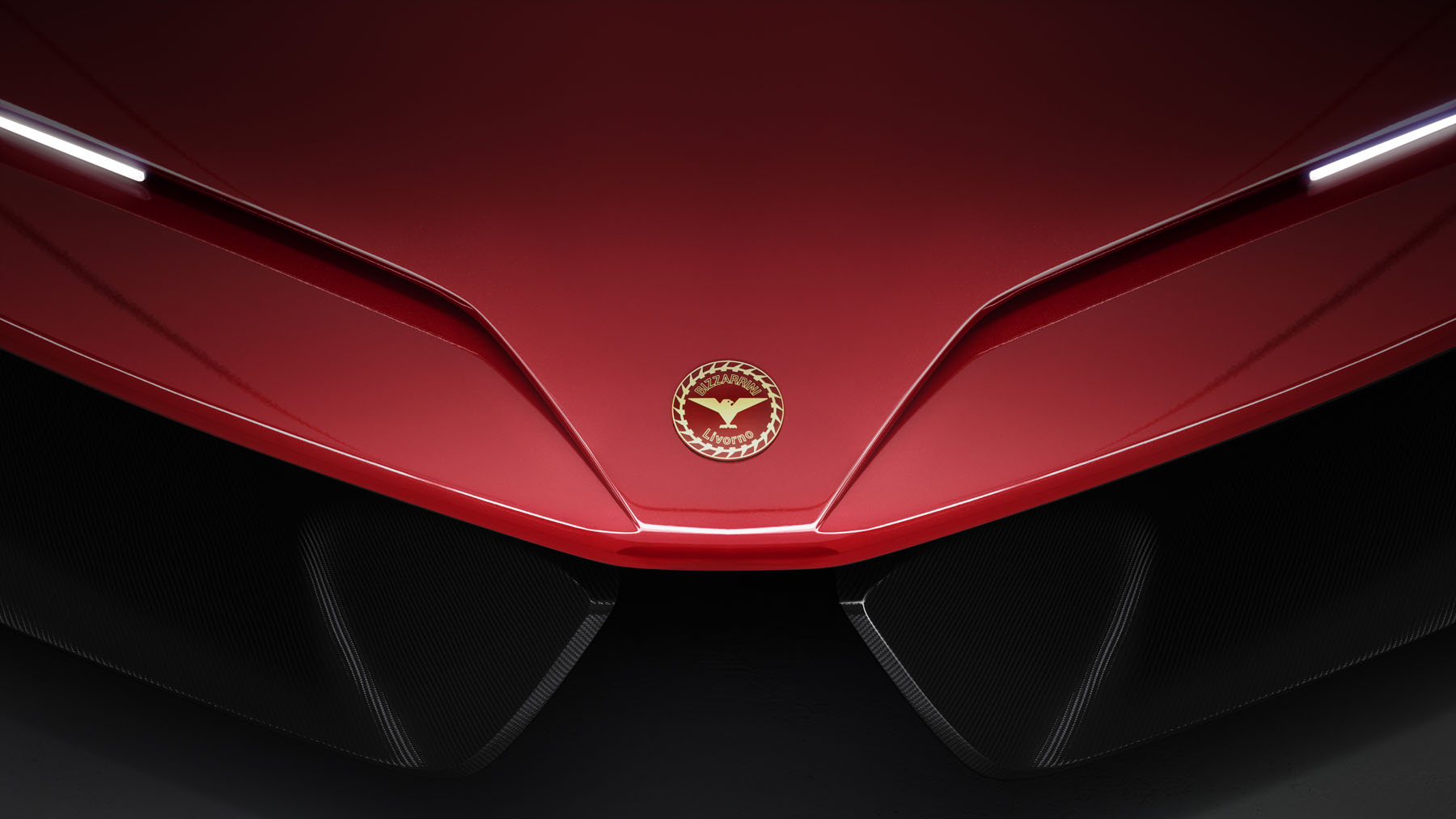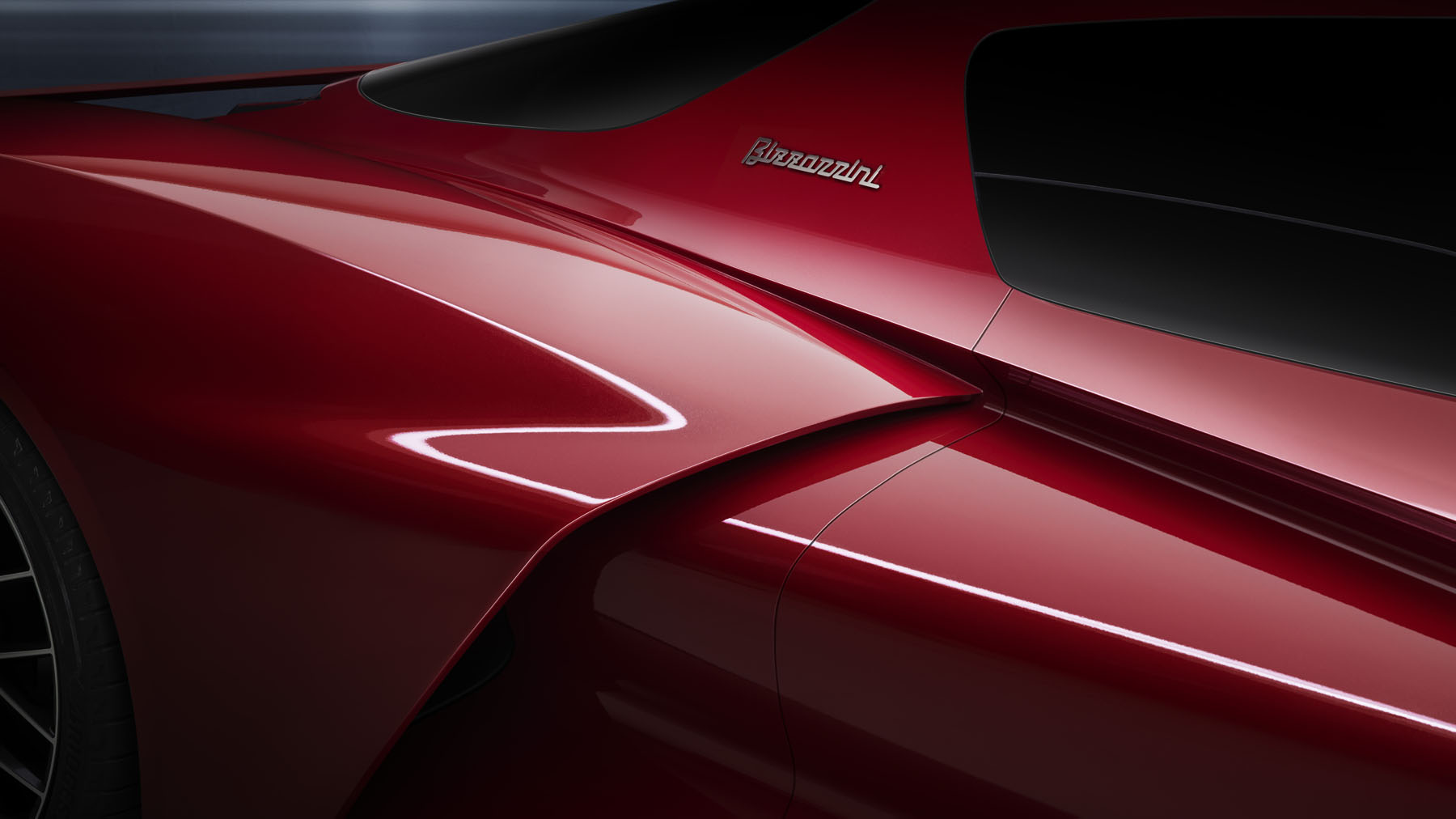
The new Bizzarrini Giotto is a supercar in the grand Italian tradition
Mid-mounted V12 engine, Giugiaro styling and a name you’ll almost certainly mispronounce – it’s the 1960s all over again
While any number of car makers took the surname of their founders, it’s no small matter to name a car after the given name of the man who created it. Lamborghini still doesn’t have a Ferruccio, after all, nor Porsche a Ferdinand.
And only when the team at Ferrari were absolutely sure that what they’d created would honour (and satisfy) the company’s founder did they connect Enzo’s name with their creation.
So for the revived and relaunched Bizzarrini to christen its first new car the Giotto? Well, it’d better be up to scratch.
But for a fair chunk of the car world, the first question to answer will be pretty rudimentary: up to scratch with what?
Well, the cars built by Bizzarrini were also styled, engineered and tested by Giotto Bizzarrini – yes, he was something of a genius in that regard – with the exception of the Manta concept. The Manta was actually the first commission for a newly established studio called Italdesign and its founder, Giorgetto Giugiaro. So the Giugiaro design kind of works historically. Also, it does have the rather solid advantage of... y’know, being designed by Giugiaro.
“To have the opportunity to design an entirely new car from Bizzarrini is a privilege," Giugiaro said. "Our two names are united in nearly six decades of history and a series of now iconic designs. With the Giotto, we honour the past but we focus wholly on the future. Designed for purpose, and incorporating active aerodynamic technologies, we have created something that is both recognisably Bizzarrini and totally relevant for an entirely new era of this cherished Italian brand.”
Classic Bizzarrinis were also devilishly quick – like we said, Giotto was a bit of a genius – which means the new one will also need to measure up. That, apparently, will be solved with the application of 12 cylinders, arranged in a V-shaped formation. This is a good thing, of course, but also another historical hiccup: original Bizzarrinis used American V8 muscle, much like Iso and Jensen. So what gives with the V12?
Well, if the name Bizzarrini made you think of Lamborghini for any reason, you’re halfway there – Mr B was responsible for the Lamborghini V12, an astonishing powerplant that powered raging bulls for a full five decades before its retirement. So the V12 kind of works historically, too. Also, there is the rather solid advantage of having a V12 engine in 2023.
"We now very deliberately and authentically recreate Giotto’s vision, choosing not to chase acceleration times or lap records, but to develop a car that appeals to those experienced drivers seeking purity, authenticity and rarity," said Bizzarrini CTO Chris Porritt. "This is vocal and emotive, it’s mechanical and it’s tactile. But it’s also incredibly practical and luxurious, delivered with the personality and emotion of a bespoke Italian brand.”
Bizzarrinis are also achingly rare. Perhaps more by default than design, but that doesn’t change the result – the final build numbers are apparently well below 200. And the new one? Well, it’s purportedly rare by design – a “limited run supercar” – but we’re sure there’s been quite a bit of thought put into the final number so there won’t be any build slots left over.
Top Gear
Newsletter
Thank you for subscribing to our newsletter. Look out for your regular round-up of news, reviews and offers in your inbox.
Get all the latest news, reviews and exclusives, direct to your inbox.
Finally, the last thing the Giotto supercar will have to display – in order to live up to the name of Bizzarrini’s founder – is some proper boldness, and serious love for cars. We’ll explain.
In 1964, Giotto Bizzarrini founded his own supercar company. A pretty bold move for an automotive engineer, even if we’re talking about the same Giotto Bizzarrini who’d already had a hand in the Ferrari 250 GTO – and the 250 GT bread van.
OK, so it’s probably fair to say he knew the car-building side of things. But even a resume like that (which also includes the Iso Grifo and building a class-winning Le Mans car with his name on the front), it takes rather more to succeed in the supercar business, so Bizzarrini as a company was all over by the end of 1969. Apparently, when the liquidators came to claim the last vestiges of his company from the factory in Livorno, Giotto disassembled and hid an entire car, rather than part with it.
So, if the new Bizzarrini loves their Giotto as much as Giotto loved his Bizzarrinis? They’ll probably do alright.
Trending this week
- Car Review
BMW 1 Series
- Top Gear's Top 9
Nine dreadful bits of 'homeware' made by carmakers










